How do you achieve a more youthful face if you are not ready for or interested in a facelift? Can you get great results without a facelift? We say, “Absolutely.” Short of a facelift, we recommend three effective procedures for a more youthful, refreshed look.
BLEPHAROPLASTY
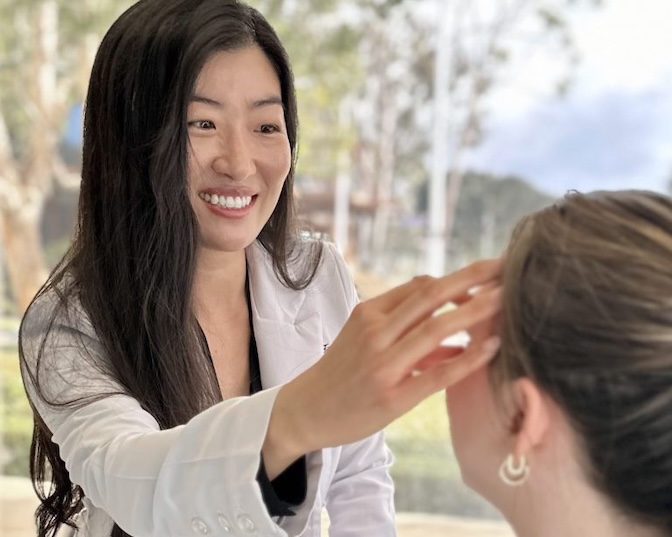
Blepharoplasty is a surgical procedure that improves the appearance of your eyelids. It helps reduce the look of tired eyes from your lower lids and removes drooping skin from your upper lids. You can focus on just the upper or lower lids, or address both at the same time.
CO2 LASER RESURFACING
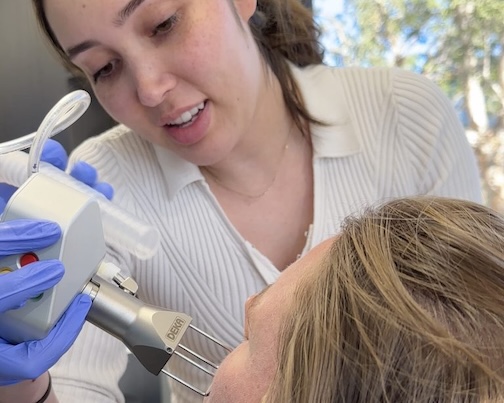
CO2 laser treatment aims to improve the appearance of the skin by removing the top layer and stimulating the formation of new skin cells. CO2 Laser Resurfacing is used to tighten the skin and to treat fine lines. It also treats wrinkles, sun-damaged skin, and scarring.
FAT TRANSFER
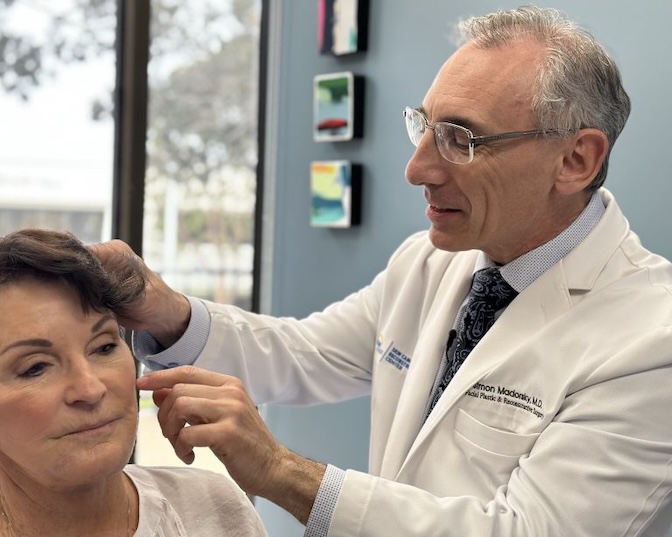
Facial fat transfer uses a person’s own existing body fat to restore volume to and plump sunken or sagging areas of the face. This procedure is used to treat deep creases on the forehead or between the eyebrows as well as hollow areas under the cheeks and eyes. It can also aid with contouring around the nose, temples, upper lip and the jaw.
Each of these procedures requires confirmation that you are a candidate, as well as some downtime.
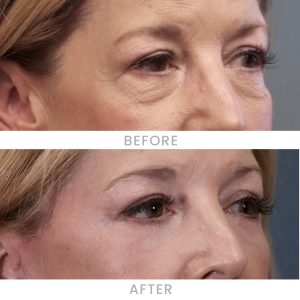
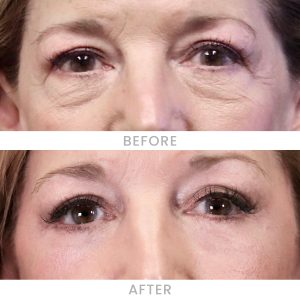
This patient had all three of these procedures: lower eyelid surgery with fat grafting and CO2 laser resurfacing of the skin around the eyelids.
When Should You Choose a Facelift?
While we have described some effective procedures for facial rejuvenation, sometimes these methods don’t do the trick.
Maybe you have tried injectables and chemical peels for a while, and they do not provide the long-term results you want. Or perhaps laser or radio frequency treatments just are not achieving what you want.
Whatever the reason, facelift surgery can achieve results that non-surgical results cannot match. Facelift surgery can reposition and lift facial tissues, which is something non-surgical options cannot replicate. It can also remove excess skin, which can roll back the clock on the face by years.
The fractional CO2 laser creates tiny “columns of thermal destruction” in the skin that stimulate the growth of new, healthy skin cells to replace old, damaged cells. This procedure treats wrinkles, discoloration, sun damage, age spots, and acne scars. Instead of removing skin layers with chemicals, the CO2 laser removes skin layers by vaporization.
During your treatment, one of our physicians will apply the Fractional CO2 laser to the area chosen for resurfacing. The laser will eliminate surface damage, while concurrently heating the underlying tissue, causing it to increase collagen production. Depending on the scope of the treatment area, your laser session may take anywhere from 30 minutes to two hours.
WHAT DOES THE CO2 LASER TREAT?
The Fractional CO2 laser is used to address a wide range of skin conditions, including:
- Fine lines (including around the eyes)
- Deeper wrinkles around the forehead, mouth, or nose
- Sun damaged skin
- Acne scars
- Hyperpigmentation
In addition, the Fractional CO2 laser can be used to treat other visible areas of the body, such as the neck, chest, or hands.
BEFORE & AFTER IMAGES
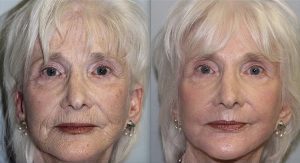
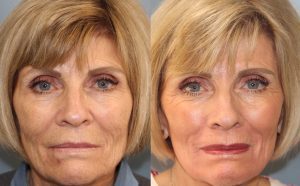
“I just want to look “x” years younger” is a common request in the dermatology or plastic surgery office. One way to accomplish that is to restore facial volume. Most of us may not initially recognize volume loss in our face because we see ourselves everyday. But the changes become stark when we look at old photographs. Restoring volume is an important and common approach to helping patients achieve the results they desire.
Hyaluronic acid injections, commonly known as “fillers,” are a popular way to increase facial volume. Injectable filler is relatively quick to perform, has minimal downtime, and provides immediate results. The main downside of filler is that the results are temporary, typically lasting between 6 and 18 months.
A more permanent way to increase volume is fat transfer. Fat is usually collected from the abdomen and strategically injected into areas of the face. It requires from 1 to 3 separate injections spaced 6 weeks apart to achieve results. Fat integrates well and the results last, which probably sounds great. But is there a catch?
Potentially. An important consideration of fat grafting is that the fat acts like the donor site (abdomen), not the recipient site (face). While people lose weight and volume in their face as they age, they often gain weight in other areas, including the abdomen. As a result, if the patient gains weight over time, the fat in the face will grow too. A well qualified doctor or PA will be able to make the appropriate judgment regarding the volume of fat appropriate to inject.
Because of fat’s potential to grow, the best candidates for fat transfer tend to be older patients, of stable weight, and if applicable, post-menopausal. Otherwise, filler is a great option to add volume and can be tailored as the patient ages.
